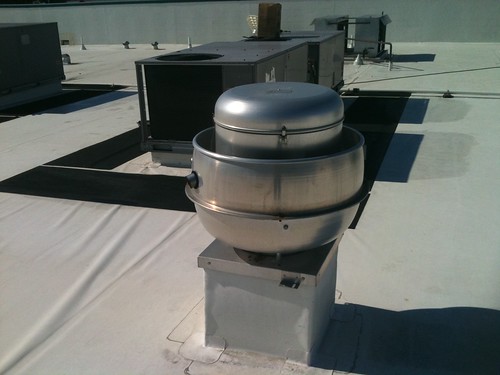Energy efficiency doesn't consistently interrogate finding to the sun for vigor or buying galvanic cars. Frequently, greater vigor productivity comes from within the soil under our feet. Ground source warming takes the old concepts of a heat pump and gives it a new twist that makes it more effective than ever before.
The Science Behind Ground Source Heating
Ground source heat pumps, or Gshps, are electrical heating and cooling systems that work by using the stable air found within the ground. Below the frost line, the air in the ground stays at a stable 50 to 60 degrees, and a Gshp allows homeowners to take advantage of that stable air. In addition to retention homes at a comfortable temperature, these systems will also provide hot water for the building. They work by using pipes buried in the ground to obtain warmer air from the ground in the winter and remove warmer air from the construction in the summer.

System Types
There are two distinct types of Gshp systems. One is a accomplished loop principles that sends water or antifreeze circulating straight through plastic pipes that are buried in the ground. This principles is used in areas where the pipes will be installed in solid dirt, without the advantage of an external water provide like a pond. Properties with a suitable water provide like a pond can use an open loop system.
Simplicity and Efficiency
A Gshp eliminates the need to have complicated systems. Rather than having a furnace and air conditioning compressor, firm and home owners will only have one principles to sound a comfortable temperature. The principles also preheats water, allowing the hot water tanks to work more effectively. A Gshp can keep the construction warm throughout the winter by captivating in high volumes of air and saturating the living space with warm, comfortable air. In the summer, the warm air that becomes uncomfortable is pumped into the earth to remove it from the home.
Safe, Quiet and Durable
Gshps are known for being highly quiet. There are no noisy outdoor units near the patio, and the indoor tool takes up about as much space as a original furnace. They are safer than original Hvac units because there are no outdoor units. Because they are electric, the concern of open flames or gas leaks is also eliminated.
Savings
Gshps are high-priced to install, but they offer several ways to save money. The maintenance is lower, so you will save on each year maintenance expenses. While the initial premise costs more than a original system, Gshps are 50 to 70 percent more effective than a original furnace and 20 to 40 percent more effective than an air conditioner. This represents a stupendous vigor savings. Estimates show that a Gshp will pay for itself in three to five years with the vigor savings alone. The government is currently contribution tax rebates of up to 30 percent for Gshps, providing a way to make the systems more affordable. Some local utility associates and states are also contribution incentives for purchasing these systems.
The evidence shows that Gshps are more effective than original Hvac systems. They offer stupendous vigor savings to homeowners and businesses alike. The systems should be installed by professionals to ensure that they are installed safely and correctly. If you have been considering upgrading to a more energy-efficient Hvac system, take another look at the benefits provided by geothermal heat pumps.
Ground Source Heating ExplainedWayne Rooney Skills USB Cable A To B Top Wireless Router Review